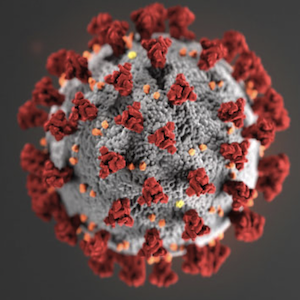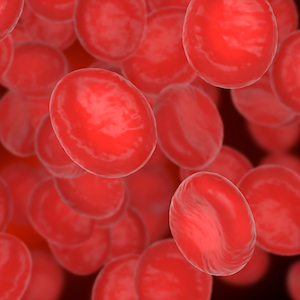A re-appraisal of thrombogenesis in COVID-19, seen as a multiple "Complex system"

Accepted: 5 September 2022
All claims expressed in this article are solely those of the authors and do not necessarily represent those of their affiliated organizations, or those of the publisher, the editors and the reviewers. Any product that may be evaluated in this article or claim that may be made by its manufacturer is not guaranteed or endorsed by the publisher.
Authors
The aim of this essay is to re-consider the peculiar type of thrombogenesis observed in severe cases of COVID-19 infection, focusing on the multiple interconnected networks involved, such as inflammation, blood coagulation, fibrinolysis, and immune responses. These linked mechanisms can be assimilated to the “Complex Systems” (CS), that play a capital role in various domains: from physics to chemistry, biology and medicine, to social and behavioral sciences. CS are characterized by eliciting variable responses: their final results can be contradictory and often unpredictable. In fact, in severe COVID-19 various outcomes can occur, such as macro- and micro-thrombosis, vasculitis, hemorrhage, hyper and hypo fibrinolysis, distorted inflammatory and immune response, and others. The insight supplied by the CS theory in understanding thrombogenesis in COVID-19 can be useful in several ways. It recalls the importance of a “holistic” view of multiple patterns of signs, symptoms and biomarkers; stresses the added value of global versus mechanistic tests, particularly in coagulation and fibrinolysis; suggests building up small trials of selected patients in a perspective of precision medicine; discourages passive transfer of therapeutic choices from non-COVID to COVID patients; and finally indicates that some treatments, as the anti-inflammatory and the anti-coagulant ones, should be initiated as early as possible, so to avoid worsening of the condition by repetitive feedback and shortcut mechanisms.
How to Cite

This work is licensed under a Creative Commons Attribution-NonCommercial 4.0 International License.
PAGEPress has chosen to apply the Creative Commons Attribution NonCommercial 4.0 International License (CC BY-NC 4.0) to all manuscripts to be published.
Similar Articles
- Ilaria Canobbio, Silvia Stella Barbieri, Are platelets more than a model of brain neurons? , Bleeding, Thrombosis and Vascular Biology: Vol. 1 No. 1 (2022)
You may also start an advanced similarity search for this article.

 https://doi.org/10.4081/btvb.2022.48
https://doi.org/10.4081/btvb.2022.48







